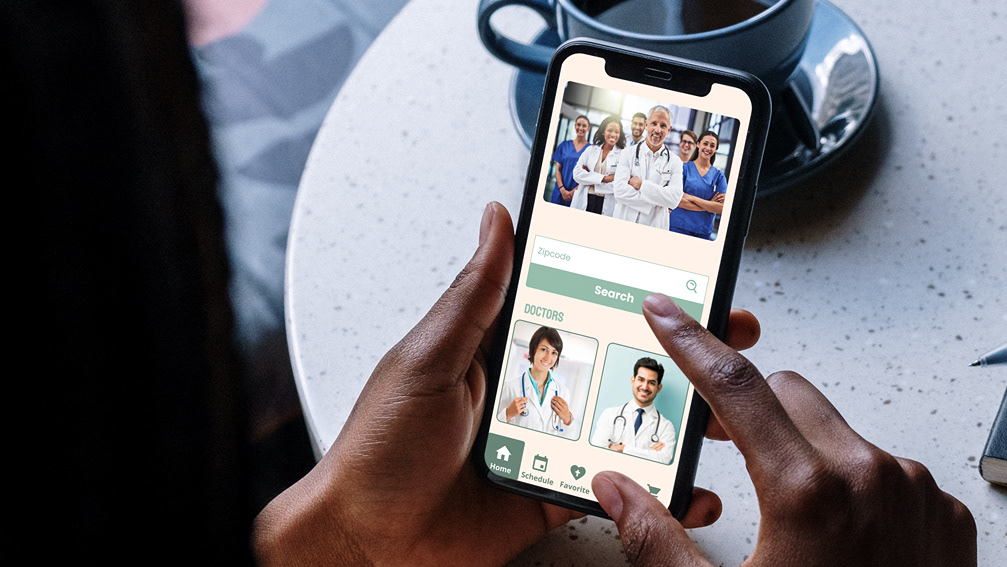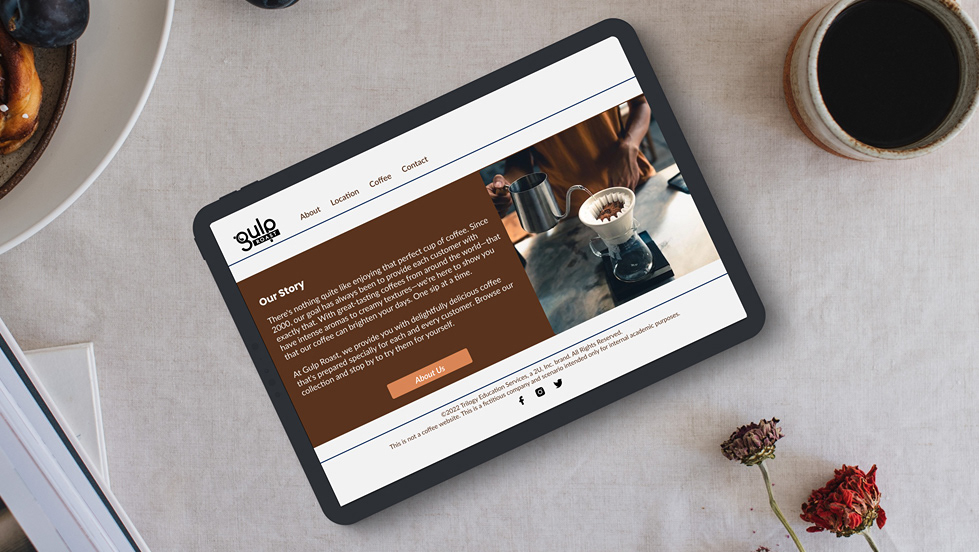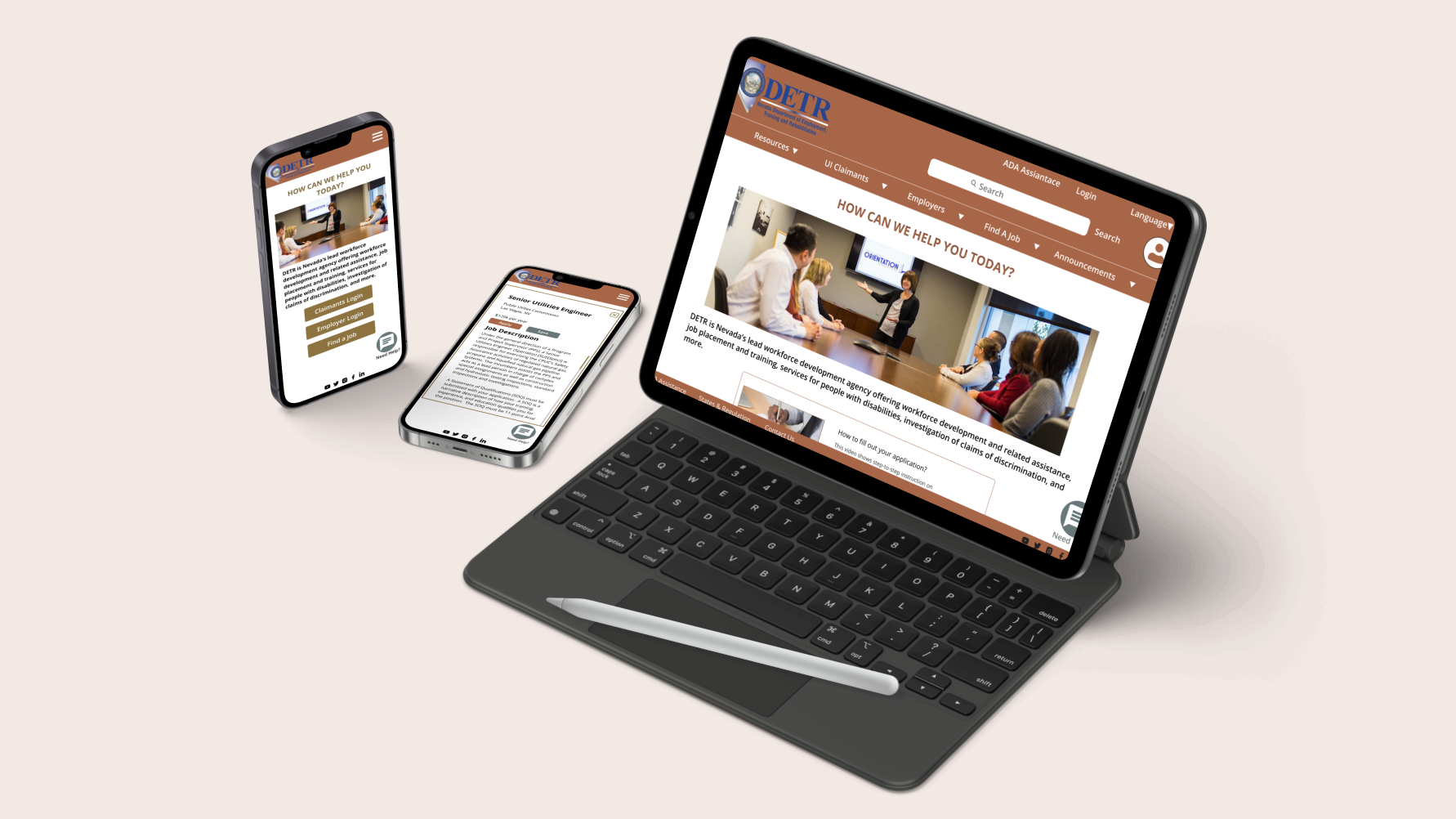Project Brief
Selected an open-ended prompt from UX Scene to create an experience focusing on accessibility and inclusion.
Our team decided to focus on creating mobile app for limited mobility travelers.
Roles and Specs
Team: Group of 2 members (myself and Siwei Liu)
Type: Designathon hosted by UX Scene
Responsibilities: User Research, Survey Creation, Competitive Analysis, Data Synthesis, Wire Framing, User Testing, Prototyping
Duration: Oct 14-16, 2022 (48 hours)
Tools: Figma, Google Survey
Problem
Limited or no traveling desire due to:
- Uncertain accessibility accommodations
- Worried about bringing trouble to traveling partners
Proposed Solution
In order to ease the concerns, we propose:
- Trip planning with accessibility options
- Community board to share travel tips
- Travel alerts for safe trips
By creating a Travel App designed for accessibility and inclusion, we aim to focus on traveling without frustrations. There will be options to filter accessibility and special accommodations, and community board to share traveling experiences and tips.
The idea of this mobile experience is not only to make traveling stress free, but also promote accessibility awareness.
Research
My research started with understanding how competitors are addressing similar issues. User Survey were created and received more than 20 responses to help quantify what users are experiencing, and what they are hoping to solve.
Discussion plan were drafted, but unable to conduct one-on-one interview due to time constraint, but I was able to understand the users' journeys and some specific issue to address based on my personal experience of traveling with someone who has special needs.
Findings
1. Accessibility options are provided but no travel planning feature
2. Outdated information
3. Lack of user contributions (both traveler and business)
Approaching User-Centered Design
Defining Key Differences through User Personas
It might seem users share the same concern: frustration-free traveling. But upon deeper dive in the user research made clear there were different needs and concerns.
Creating user personas helped to clarify the divergences, and give a better picture of what the pinpoints are.
By focusing primarily on two personas, one representing the traveler and one representing the traveling partner, it gave more insights on what we should focused on primarily, and the problem we should tackle to ensure a stress-free experience.

click to enlarge

click to enlarge
Exploring Common Tasks through User Journey
By creating and exploring the journey map of Janus to perform typical tasks, we get a clearer picture of the key emotional and procedural moments that Wheelin'It needs to address. The stage of frustration when traveling is unable to continue due to unexpected events, or misinformation ruined the trip. To ensure our travelers have a stress-free vocation, the mobile app need to overcome these problems.
User Testing & Feedback
The high-fidelity prototype brought test users the mobile application in its closest experience, it also revealed some issues. The users were able to select special accommodations while planning for a trip, community board is great for sharing trip experiences, the resourceful information is helpful too. But there are still some issues surfaced from user testing...
Feedback form test users:
• Would the vendors be able to update their information on the platform?
• Community board is great, but is there a way to connect and share thoughts besides posting traveling experiences.
• Categories need to expand to include more filter options.
(Clickable prototype to the right)




